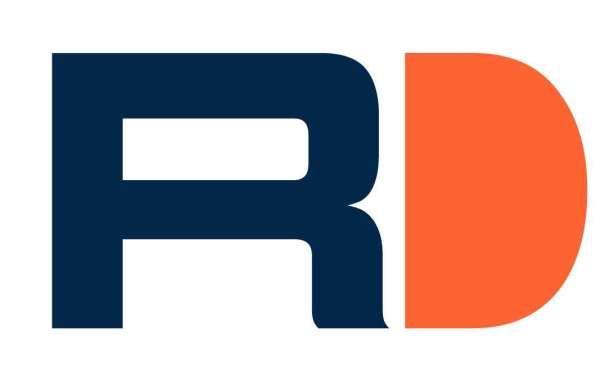Undoubtedly, book printing on demand is a hot topic in the publishing industry. It allows many more writers to publish their work and become authors. Nearly always, on-demand printing means books are produced digitally, which carries a higher per-copy price than offset printing. But to set up an offset print run, you need a guaranteed minimum quantity above the anticipated sales of many self-published authors who must stay with digital printing. It's something to consider if you've written a book and are down to the wire with publishing it. Carefully weigh your final print decision.
Traditional publishers nearly always use offset printing because they need to higher profit margin to support their cost structure. It means they cannot take books that fall below a minimum sales threshold, historically keeping some writers on the sidelines. The self-publishing revolution and digital printing have somewhat democratized the field, and today more writers can participate. When you work independently to produce a book, more decisions and responsibilities fall on you. Be prepared to spend time on more than writing during your book journey – some people find they enjoy it.
It's hard to think of a successful book without a professionally designed cover, so ensure you work with a designer. It adds cost to your project, but you must measure up to succeed in a competitive marketplace. Each genre has some ranges for cover design, and you don't need to follow specific rules, but you need to keep your cover (and the book's spine) visually exciting and understandable to target readers. Think in thumbnails since online buyers will view your cover in that size and format as they browse online booksellers. It will impact your sales and profits.
Most books are printed as paperbacks, known as perfect bound in the publishing industry, but there are other options worth considering. Hardcover books are the most expensive and represent quality, but they are only suitable for some titles. Some authors print in more than one binding and allow customers to choose. If you plan for your book to be in libraries, it will help to have hardcover editions. Profit-focused authors also offer eBooks and audiobooks, although together they are only about 20 percent of the market. The big numbers are still in printed copies of your book, which makes your decision important.







